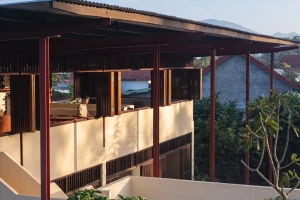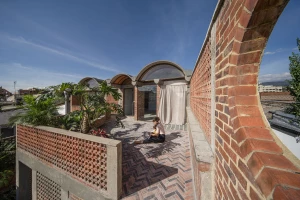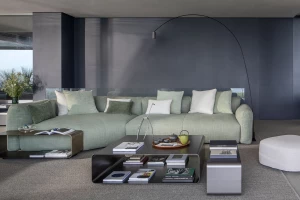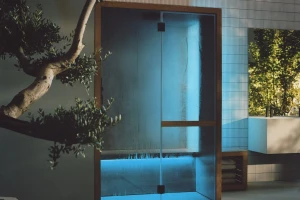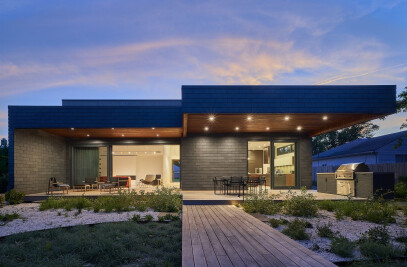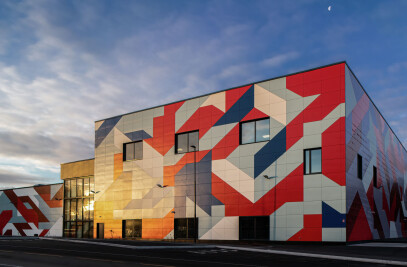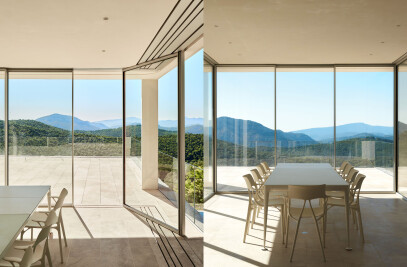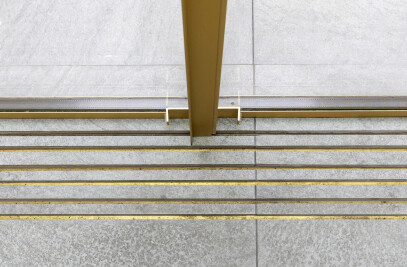Located in the centre of Melbourne’s CBD, Olderfleet by Grimshaw Architects is a 58,000 sq m PCA Premium Grade office tower. Set back from three heritage-listed buildings, the 40-storey building is a juxtaposition of old and new and drives a narrative anchored on binary oppositions and the passage of time. The architectural vision is complemented by an interior architecture approach from Carr that provides comfort and convenience that is comparable to a luxury hotel.

Rebecca Trenorden, Associate Director at Carr explains “Driving the interiors was an exploration of opposing forces – of old and new, dark and light, compression and expansion, and night and day – contributing to the project’s qualities of transition and contrast.”

The interior concept is apparent upon entering the building with the main entrance on Collins Street drawing people through a heritage vestibule that has been made intentionally dark to incite a sense of reverence, before opening up into a light-filled, spacious lobby with atrium. The same design language and experience of dark to light is applied to other key transition zones, including the Flinders Lane entrance, bike parking, and lift lobbies.
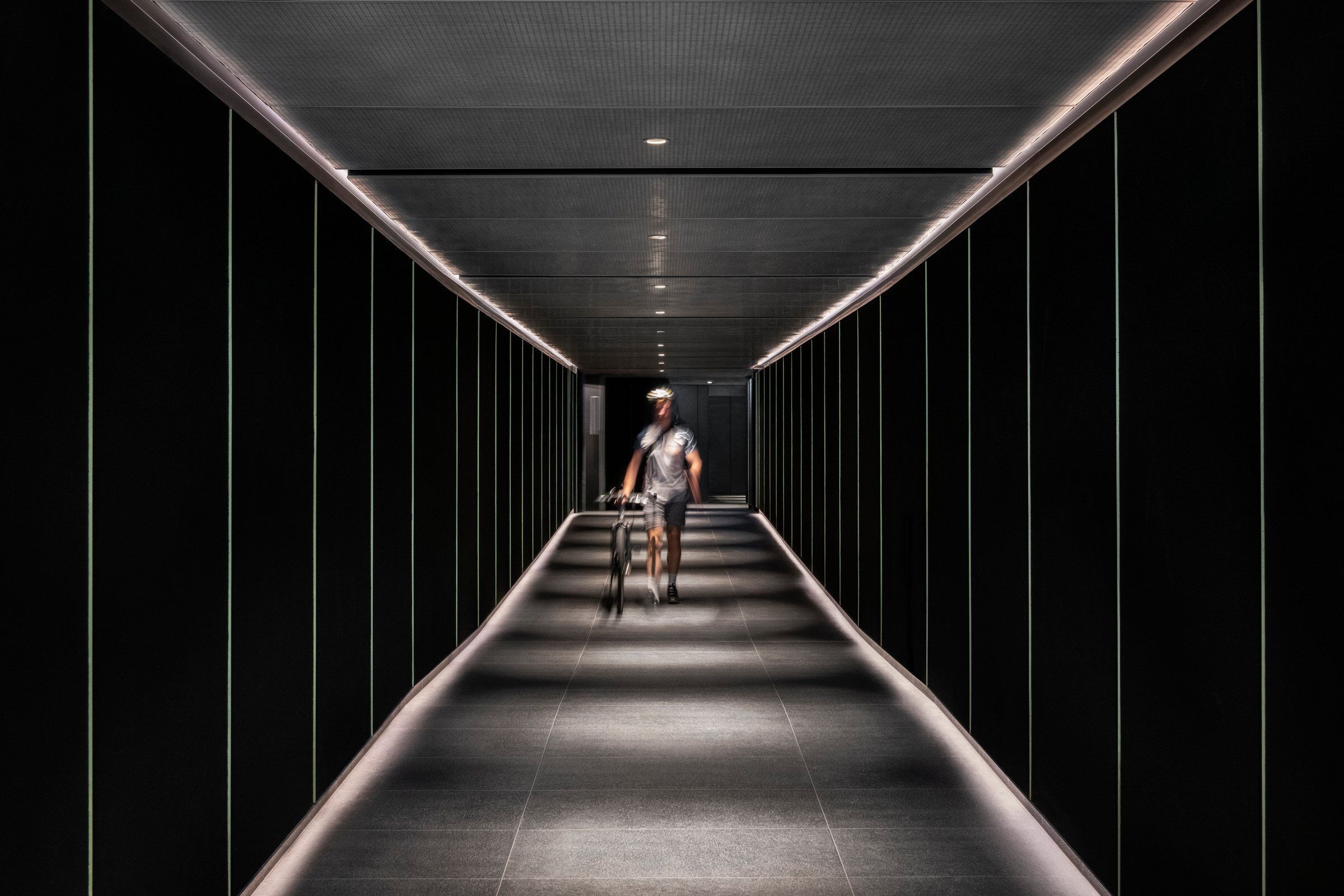
Contrasts between old and new are also present throughout the design with an existing clock face on the Olderfleet heritage facade revealed and exposed within the lobby space. The passage of time is also expressed through a spherical sculpture called ‘Solar,’ by renowned UK-based artist Wolfgang Buttress. The commanding installation located in the open void of the lobby harnesses natural light and responds to a real-time building data feed of solar radiation as well as changing shifts of the sun. These metrics are interpreted through a constantly changing light display.

Lighting schematics more generally create different atmospheres at different points of the day through placement and temperature. In the morning, light shines from above with fresh and cool tones, while in the evenings it is warmer, shining from below. Tracking how the light and shadows move and interact with different surfaces at different times throughout the day, and the seasons, further informed the selection of surfaces, materiality, textures and colours.

















